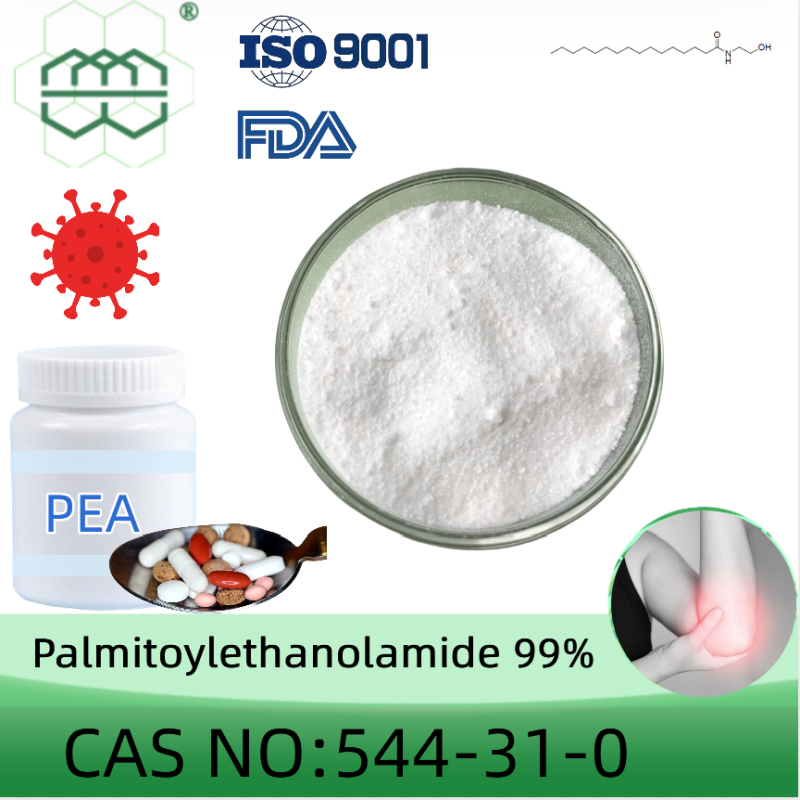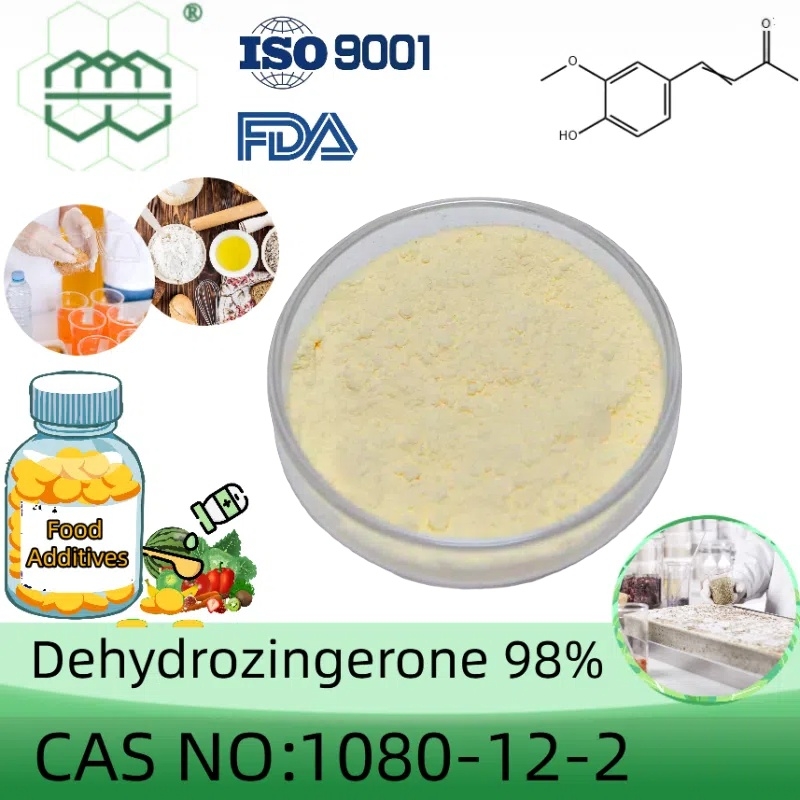-
Categories
-
Pharmaceutical Intermediates
-
Active Pharmaceutical Ingredients
-
Food Additives
- Industrial Coatings
- Agrochemicals
- Dyes and Pigments
- Surfactant
- Flavors and Fragrances
- Chemical Reagents
- Catalyst and Auxiliary
- Natural Products
- Inorganic Chemistry
-
Organic Chemistry
-
Biochemical Engineering
- Analytical Chemistry
-
Cosmetic Ingredient
- Water Treatment Chemical
-
Pharmaceutical Intermediates
Promotion
ECHEMI Mall
Wholesale
Weekly Price
Exhibition
News
-
Trade Service
of the total cost of growing sugarcane in Brazil in the 2021/2022 planting season.
According to Joo Rosa, consultant at Pecege Productivity Management Consulting and Project, Brazilian producers must be very cautious in order to assess profits
at the end of the harvest season.
at the end of the harvest season.
"Herbicide prices have risen a lot
.
In the 2021/2022 harvest season, the average expenditure of these products on sugarcane accounted for 12% of the production cost, i.
e.
BRL 363.
35 (about 475.
7 yuan) per hectare, and the average expenditure on growing sugarcane was R$936 (about 1225.
5 yuan)
per hectare.
However, costs vary greatly between plants in the same region
.
Rosa said
.
.
In the 2021/2022 harvest season, the average expenditure of these products on sugarcane accounted for 12% of the production cost, i.
e.
BRL 363.
35 (about 475.
7 yuan) per hectare, and the average expenditure on growing sugarcane was R$936 (about 1225.
5 yuan)
per hectare.
However, costs vary greatly between plants in the same region
.
Rosa said
.
The example of the Pecege survey shows that one company invested BRL 521.
00/ha in planting and BRL 421.
00/ha in another, which corresponds to a decrease of 23.
75% or a difference
of BRL 100.
00 per hectare.
00/ha in planting and BRL 421.
00/ha in another, which corresponds to a decrease of 23.
75% or a difference
of BRL 100.
00 per hectare.
Among many factors, herbicide management recommendations influence this change
.
The cost is due to a lack of understanding of the weed problem and the purposeless use of herbicides, which is why regulation is critical
to prevent yield declines.
.
The cost is due to a lack of understanding of the weed problem and the purposeless use of herbicides, which is why regulation is critical
to prevent yield declines.
The above information comes from the Sinergia Taranis 2022 conference, which focused on the sugar energy industry, and key participants took the opportunity to discuss useful information on competitive management of weeds in Brazil and how technology can help
.
The conference was attended by managers from more than 20 countries, with a total arable area of more than 3.
6 million hectares, representing almost 40% of
the country's sugar energy industry.
.
The conference was attended by managers from more than 20 countries, with a total arable area of more than 3.
6 million hectares, representing almost 40% of
the country's sugar energy industry.
"If not managed properly, weeds can cause millions of economic losses and irreversible damage to yields", says Professor Pedro Christofoletti, consultant and independent researcher at PJC Consultoria Agronómica, who specialises in biology and weed management
.
"The test found that the yield loss can be up to 87.
5%, affecting almost the entire production
.
If not managed correctly, the average loss can still be high, between
45% and 50% of production.
″
.
"The test found that the yield loss can be up to 87.
5%, affecting almost the entire production
.
If not managed correctly, the average loss can still be high, between
45% and 50% of production.
″
Management is a major bottleneck in the weed problem, and some producers still believe that weed competition control is only possible by adding herbicides, but often using "standard recipes" based on assumptions and data with low
precision.
Experts stress that increasing input into pesticides is not always the solution
.
precision.
Experts stress that increasing input into pesticides is not always the solution
.
"Monitoring is essential to determine the extent of crop damage and what weed species are present in the affected area, so that it can guide proper management, optimize recommendations and apply pesticide inputs more effectively based on the actual cultivation of sugar cane," Christofoletti
emphasized.
emphasized.
High-precision monitoring using drones and aircraft, which captures highly detailed crop images and generates true and accurate information, is the most effective tool
for improving herbicide recommendations.
"Professionals need to understand regulatory technology, which points out people's mistakes and how to improve," says
Michel Fernandes, an advisor at MS Fernandes Consultoria Agrícola.
for improving herbicide recommendations.
"Professionals need to understand regulatory technology, which points out people's mistakes and how to improve," says
Michel Fernandes, an advisor at MS Fernandes Consultoria Agrícola.
The campaign was initiated by Taranis, a high-precision monitoring platform using artificial intelligence dedicated to providing complete digital monitoring services at the blade level through the use of drones and aircraft, helping growers and agricultural consultants make more decisive decisions, simplify management and improve results
.
.







